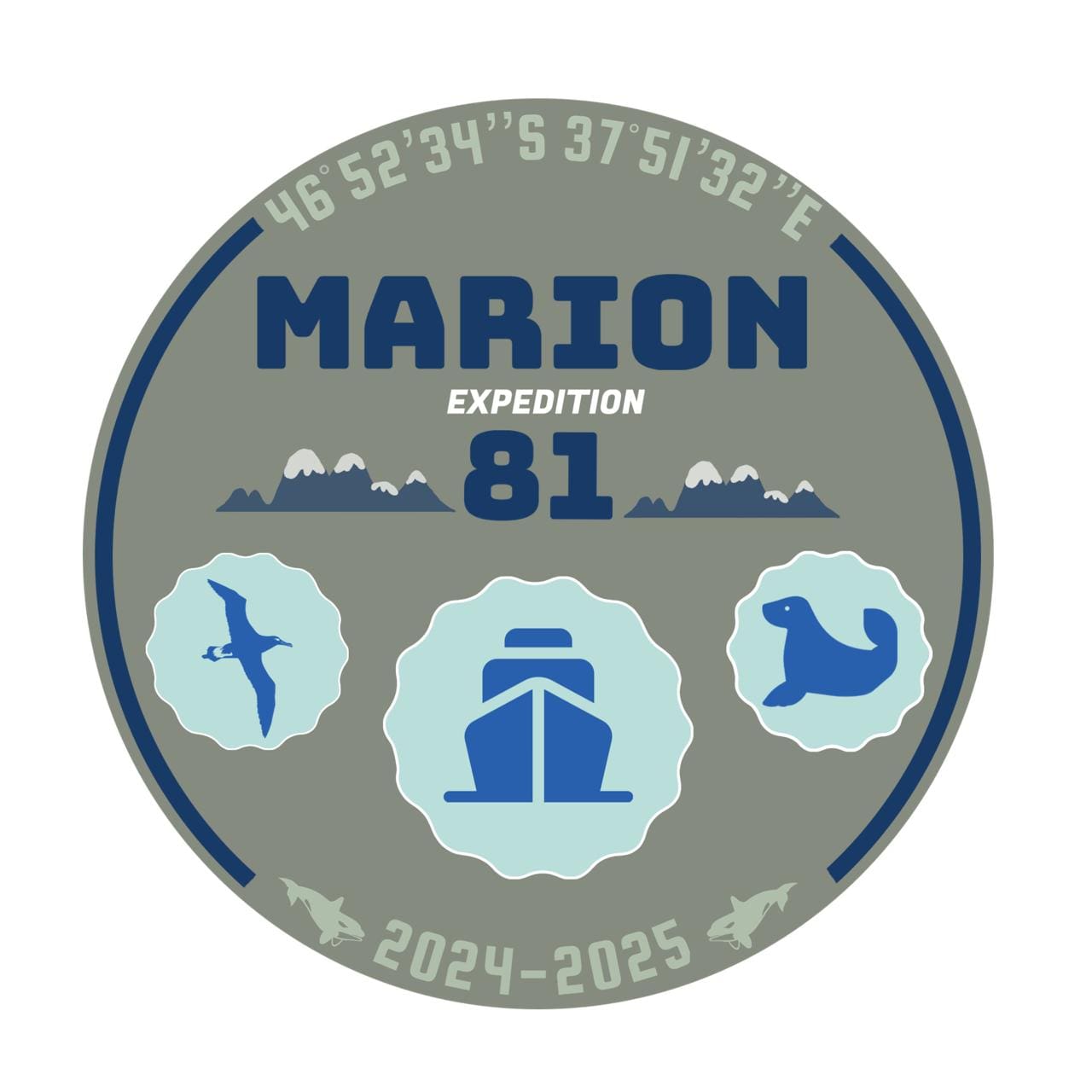
by Ria Olivier | Jul 31, 2025 | International Days, Marine Protected Area, Marion Island, Prince Edward Island, SANAP
Today, on Marine Protected Areas (MPA) Day, we join a growing global community in celebrating the ocean’s incredible biodiversity and the sanctuaries that safeguard it. This year’s theme, “Ocean Protection Needs Human Connection”, is a powerful reminder that the health of our oceans is inseparably linked to the actions and commitment of people.
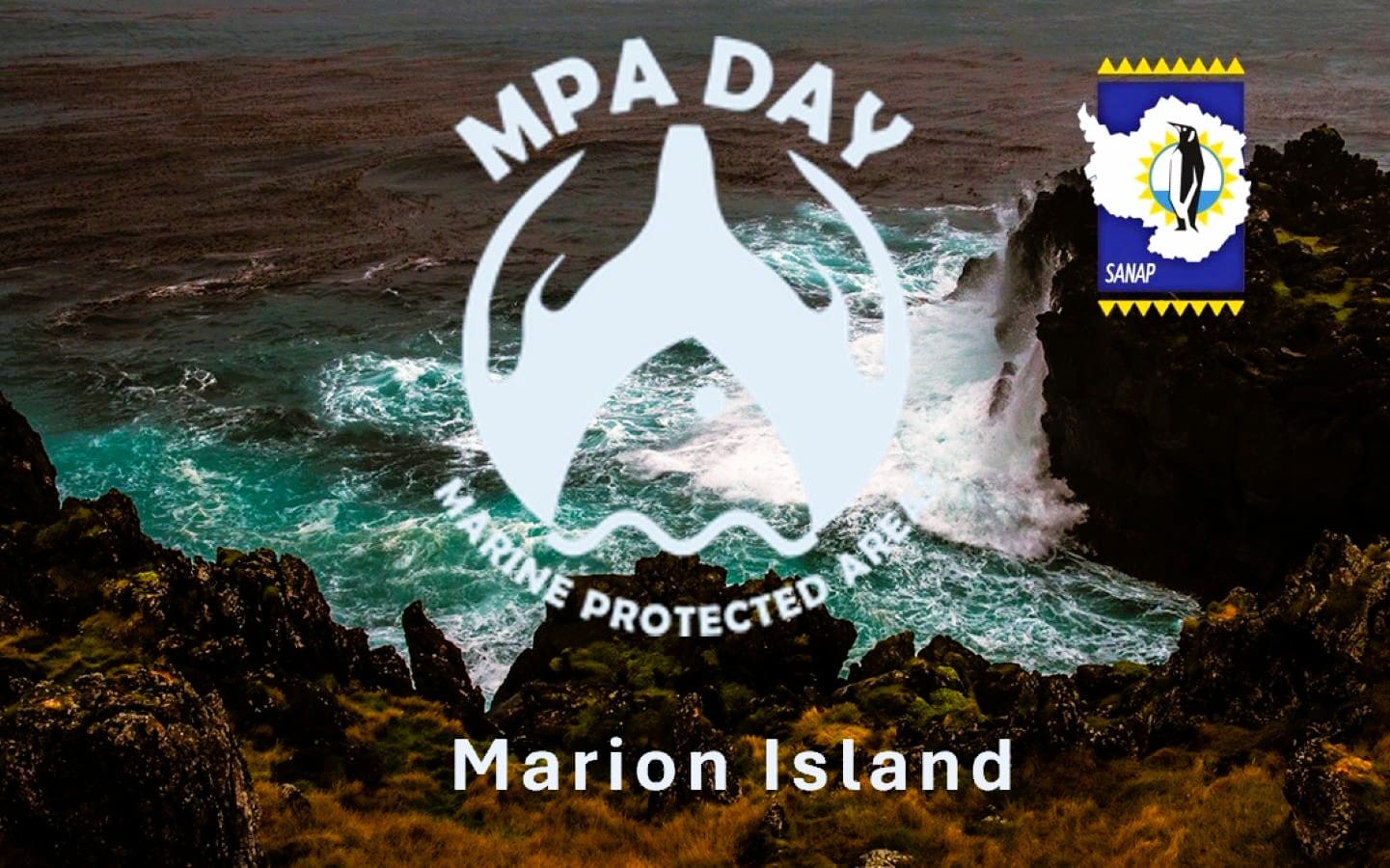 MPA Day, shines a spotlight on the importance of Marine Protected Areas in ocean conservation, sustainable development, and the well-being of communities across the globe. The date—1 August—honours the momentous 2019 declaration of 20 new or expanded MPAs in South Africa. Since then, MPA Day has grown into a United Nations Ocean Decade-endorsed international movement.
MPA Day, shines a spotlight on the importance of Marine Protected Areas in ocean conservation, sustainable development, and the well-being of communities across the globe. The date—1 August—honours the momentous 2019 declaration of 20 new or expanded MPAs in South Africa. Since then, MPA Day has grown into a United Nations Ocean Decade-endorsed international movement.

 The Prince Edward Islands MPA: South Africa’s Sub-Antarctic Treasure: In the remote reaches of the Southern Ocean lies one of South Africa’s most unique and ecologically valuable MPAs—the Prince Edward Islands Marine Protected Area, comprising the volcanic Marion Island and the smaller Prince Edward Island. Together, they represent South Africa’s only sub-Antarctic territory, rich in biodiversity and scientific significance. Declared in 2013, this MPA protects 30% of South Africa’s Southern Ocean territory, encompassing 80% of its marine ecosystem diversity. These waters are a haven for marine life—from krill and Patagonian toothfish to charismatic top predators like seals, seabirds, and killer whales.
The Prince Edward Islands MPA: South Africa’s Sub-Antarctic Treasure: In the remote reaches of the Southern Ocean lies one of South Africa’s most unique and ecologically valuable MPAs—the Prince Edward Islands Marine Protected Area, comprising the volcanic Marion Island and the smaller Prince Edward Island. Together, they represent South Africa’s only sub-Antarctic territory, rich in biodiversity and scientific significance. Declared in 2013, this MPA protects 30% of South Africa’s Southern Ocean territory, encompassing 80% of its marine ecosystem diversity. These waters are a haven for marine life—from krill and Patagonian toothfish to charismatic top predators like seals, seabirds, and killer whales.
Marion Island is more than just a rugged sub-Antarctic outpost—it is a living laboratory and sanctuary:
- Home to 40% of the world’s wandering albatrosses
- Teeming with millions of penguins, albatrosses, petrels, and seals
- Hosts unique benthic (seafloor) ecosystems found nowhere else in South Africa
- Provides essential feeding grounds for top predators
- A permanent weather station contributes vital data for monitoring climate change in the Southern Ocean
While the marine protections are robust, terrestrial threats persist. Invasive house mice, introduced in the 1800s, have devastated native invertebrates and seabird populations. The Mouse-Free Marion Project, aims to eradicate these invaders and restore the island’s fragile ecosystem. This year’s theme “Ocean Protection Needs Human Connection”—resonates deeply with the work being done at Marion Island. Scientists, conservationists, and policymakers must collaborate to protect this unique MPA. But the connection goes even deeper: through awareness, education, and support, every person has a role to play in safeguarding the ocean.
On MPA Day, we not only celebrate these protected places
we commit ourselves to ensuring they thrive for generations to come.
Feature photo credit Ben van der Walt – Antarctic Legacy of South Africa repository

by Ria Olivier | Jun 19, 2025 | Antarctica, Environment, Gough Island, International Days, Marion Island, Mice Eradication, Ornithology
 19 June 2025 marks World Albatross Day, a global celebration of these magnificent seabirds whose wide wingspans and far-ranging flight paths have long captured the imagination of sailors, scientists, and nature lovers alike. For South Africa, and particularly for the South African National Antarctic Programme (SANAP), this day highlights not only the beauty and ecological importance of albatrosses—but also the urgent need to protect them.
19 June 2025 marks World Albatross Day, a global celebration of these magnificent seabirds whose wide wingspans and far-ranging flight paths have long captured the imagination of sailors, scientists, and nature lovers alike. For South Africa, and particularly for the South African National Antarctic Programme (SANAP), this day highlights not only the beauty and ecological importance of albatrosses—but also the urgent need to protect them.
At the heart of SANAP’s commitment to seabird conservation is ongoing research and monitoring on Marion Island, one of the two Prince Edward Islands in the Southern Ocean. Marion Island is home to several albatross species, including the iconic Wandering Albatross, known for having the largest wingspan of any bird in the world. These seabirds are critical indicators of ocean health, and their survival is closely linked to the stability of sub-Antarctic ecosystems.
 SANAP scientists have been conducting long-term ecological studies on albatross population trends, breeding behaviour, and foraging ecology, using tracking devices and direct observation to better understand how climate change, ocean dynamics, and human activities are impacting these vulnerable birds.
SANAP scientists have been conducting long-term ecological studies on albatross population trends, breeding behaviour, and foraging ecology, using tracking devices and direct observation to better understand how climate change, ocean dynamics, and human activities are impacting these vulnerable birds.
 A major step in protecting Marion Island’s seabirds is the Mouse-Free Marion Project—a large-scale conservation effort aimed at eradicating invasive house mice that prey on albatross chicks and other native birds. These mice, unintentionally introduced by humans, have developed aggressive predatory behaviours that threaten the survival of not only the Wandering Albatross but also Grey-headed, Sooty, and Light-mantled Albatrosses, as well as burrowing petrels and other island species. The Mouse-Free Marion project represents one of the most important island restoration initiatives globally, and a critical investment in the long-term survival of South Africa’s seabird populations. Success will mean a safer future for generations of albatrosses nesting on this remote and windswept island.
A major step in protecting Marion Island’s seabirds is the Mouse-Free Marion Project—a large-scale conservation effort aimed at eradicating invasive house mice that prey on albatross chicks and other native birds. These mice, unintentionally introduced by humans, have developed aggressive predatory behaviours that threaten the survival of not only the Wandering Albatross but also Grey-headed, Sooty, and Light-mantled Albatrosses, as well as burrowing petrels and other island species. The Mouse-Free Marion project represents one of the most important island restoration initiatives globally, and a critical investment in the long-term survival of South Africa’s seabird populations. Success will mean a safer future for generations of albatrosses nesting on this remote and windswept island.
This World Albatross Day, we celebrate the tireless work of scientists, conservationists, and partners who are helping to give these majestic ocean wanderers a fighting chance. Let’s continue to raise awareness and support efforts to keep the skies above the Southern Ocean filled with soaring wings.

by Ria Olivier | Jun 5, 2025 | Antarctica, Environment, Gough Island, International Days, Marion Island, SANAP
Today, on World Environment Day, SANAP join the global community in recognizing the vital importance of our planet’s ecosystems — and reaffirm its commitment to understanding and protecting one of the most extreme, yet crucial, environments on Earth: The Southern Ocean and Antarctic regions. SANAP leads scientific research and environmental stewardship across Marion Island, Gough Island, and Antarctica. These frontiers may seem remote, but they play a critical role in regulating Earth’s climate, supporting unique biodiversity, and offering invaluable insight into global environmental change.
 The Southern Ocean: A Climate Regulator: The Southern Ocean surrounding Antarctica is a house of climate regulation, absorbing vast amounts of atmospheric carbon and heat. SANAP researchers are actively researching ocean currents, sea ice dynamics, and carbon cycling to better understand how these processes are evolving in a warming world. (Photo credit: A Zietsman)
The Southern Ocean: A Climate Regulator: The Southern Ocean surrounding Antarctica is a house of climate regulation, absorbing vast amounts of atmospheric carbon and heat. SANAP researchers are actively researching ocean currents, sea ice dynamics, and carbon cycling to better understand how these processes are evolving in a warming world. (Photo credit: A Zietsman)
 Protecting Life on the Edge: From the wandering albatross on Marion Island to microscopic extremophiles in Antarctic soils, life persists against all odds in these regions. SANAP’s biodiversity monitoring projects are uncovering the intricate web of life that depends on these environments — and how threats such as invasive species, plastic pollution, and climate variability are impacting these ecosystems. (Photo Credit left: M Greve, middle & right: CJ Scheepers)
Protecting Life on the Edge: From the wandering albatross on Marion Island to microscopic extremophiles in Antarctic soils, life persists against all odds in these regions. SANAP’s biodiversity monitoring projects are uncovering the intricate web of life that depends on these environments — and how threats such as invasive species, plastic pollution, and climate variability are impacting these ecosystems. (Photo Credit left: M Greve, middle & right: CJ Scheepers)
 Long-Term Science, Global Impact: With decades of data collection and continuous human presence at SANAP’s research stations, SANAP long-term research projects offer insights into environmental change. Through collaborations with international partners, SANAP helps shape global understanding of polar processes and their far-reaching effects. This World Environment Day, SANAP celebrates the resilience of our southernmost ecosystems and the SANAP community is dedicated to its preservation. As stewards of the Antarctic and sub-Antarctic, SANAP remain committed to advancing knowledge, promoting conservation, and ensuring these unique environments endure for future generations. (Photo Credit: Greg Hofmeyr)
Long-Term Science, Global Impact: With decades of data collection and continuous human presence at SANAP’s research stations, SANAP long-term research projects offer insights into environmental change. Through collaborations with international partners, SANAP helps shape global understanding of polar processes and their far-reaching effects. This World Environment Day, SANAP celebrates the resilience of our southernmost ecosystems and the SANAP community is dedicated to its preservation. As stewards of the Antarctic and sub-Antarctic, SANAP remain committed to advancing knowledge, promoting conservation, and ensuring these unique environments endure for future generations. (Photo Credit: Greg Hofmeyr)
World Environment Day
World Environment Day is the biggest international day for the environment. Led by the United Nations Environment Programme (UNEP), and held annually since 1973, it has grown to be the largest global platform for environmental outreach. It is celebrated by millions of people across the world. The Republic of Korea will host World Environment Day 2025 with a focus on ending plastic pollution globally. Ridding the planet of plastic pollution is an important contribution to achieving the Sustainable Development Goals, including those on climate action, sustainable production and consumption, protection of seas and oceans and repairing ecosystems and retaining biodiversity. (Text: https://www.worldenvironmentday)

by Ria Olivier | Jun 1, 2025 | Antarctica, Commemorative Days, Current Event, Ecology, Environment, Gough Island, Marion Island
June is Environment Month under the theme “Think, Eat, Save and reduce your foodprint”
 June marks National Environment Month in South Africa — a time for reflection, awareness, and action toward safeguarding our natural world. Spearheaded by the Department of Forestry, Fisheries and the Environment (DFFE), this month-long observance highlights the importance of environmental stewardship and calls on all citizens to contribute to a more sustainable future. Central to these celebrations are two globally recognised days: World Environment Day on June 5th and World Oceans Day on June 8th, both of which resonate strongly with the mission and work of the South African National Antarctic Programme (SANAP).
June marks National Environment Month in South Africa — a time for reflection, awareness, and action toward safeguarding our natural world. Spearheaded by the Department of Forestry, Fisheries and the Environment (DFFE), this month-long observance highlights the importance of environmental stewardship and calls on all citizens to contribute to a more sustainable future. Central to these celebrations are two globally recognised days: World Environment Day on June 5th and World Oceans Day on June 8th, both of which resonate strongly with the mission and work of the South African National Antarctic Programme (SANAP).
 As South Africa’s gateway to the Southern Ocean and Antarctica, SANAP plays a vital role in environmental research and conservation in some of the planet’s most fragile and remote ecosystems — including Antarctica, Marion Island, and Gough Island. During Environment Month, SANAP takes pride in celebrating the unique natural heritage of these sub-Antarctic and Antarctic regions, where pristine ecosystems offer critical insight into global environmental changes.
As South Africa’s gateway to the Southern Ocean and Antarctica, SANAP plays a vital role in environmental research and conservation in some of the planet’s most fragile and remote ecosystems — including Antarctica, Marion Island, and Gough Island. During Environment Month, SANAP takes pride in celebrating the unique natural heritage of these sub-Antarctic and Antarctic regions, where pristine ecosystems offer critical insight into global environmental changes.

 Marion Island, in particular, stands out as a hub of scientific activity. Home to one of SANAP’s permanent research stations, the island has been central to decades of biological and environmental studies. Its long-term monitoring programmes have produced a wealth of scientific papers and post-graduate research, offering rare and invaluable data on biodiversity, ecosystem dynamics, and the far-reaching impacts of climate change. These efforts are not only advancing global understanding of environmental shifts but also reinforcing South Africa’s commitment to science-based conservation.
Marion Island, in particular, stands out as a hub of scientific activity. Home to one of SANAP’s permanent research stations, the island has been central to decades of biological and environmental studies. Its long-term monitoring programmes have produced a wealth of scientific papers and post-graduate research, offering rare and invaluable data on biodiversity, ecosystem dynamics, and the far-reaching impacts of climate change. These efforts are not only advancing global understanding of environmental shifts but also reinforcing South Africa’s commitment to science-based conservation.
This Environment Month, as we reflect on our role in protecting the planet, we honour the scientists, support and teams of SANAP who dedicate their work to safeguarding the southernmost reaches of our world. Their ongoing research ensures that we remain informed and equipped to make decisions that protect our environment — for generations to come.

by Ria Olivier | May 22, 2025 | Antarctica, Biosecurity, Commemorative Days, Gough Island, International Days, Invasion Biology, Marion Island, Prince Edward Islands
 The United Nations has designated May 22 as the International Day for Biological Diversity (IDB), a day to reflect on the vital role biodiversity plays in sustaining life on Earth. The 2025 theme, “Harmony with Nature and Sustainable Development,” underscores the importance of conserving biodiversity to ensure a sustainable future for both people and the planet. It is a timely reminder that a thriving natural world is the foundation of human well-being and a cornerstone for achieving the Sustainable Development Goals.
The United Nations has designated May 22 as the International Day for Biological Diversity (IDB), a day to reflect on the vital role biodiversity plays in sustaining life on Earth. The 2025 theme, “Harmony with Nature and Sustainable Development,” underscores the importance of conserving biodiversity to ensure a sustainable future for both people and the planet. It is a timely reminder that a thriving natural world is the foundation of human well-being and a cornerstone for achieving the Sustainable Development Goals.
 In South Africa, this day holds special meaning for the South African National Antarctic Programme (SANAP). Operating across three key research stations — Antarctica, Marion Island (part of the Prince Edward Islands), and Gough Island — SANAP plays a crucial role in understanding and preserving the unique biodiversity of the sub-Antarctic and Antarctic regions. These remote and fragile ecosystems are home to countless species, many of which are found nowhere else on Earth.
In South Africa, this day holds special meaning for the South African National Antarctic Programme (SANAP). Operating across three key research stations — Antarctica, Marion Island (part of the Prince Edward Islands), and Gough Island — SANAP plays a crucial role in understanding and preserving the unique biodiversity of the sub-Antarctic and Antarctic regions. These remote and fragile ecosystems are home to countless species, many of which are found nowhere else on Earth.
 For decades, SANAP-supported scientists have been at the forefront of biodiversity research in these regions. Their work includes long-term monitoring of bird and marine mammal populations, studies on invasive species, climate change impacts, and ecosystem dynamics. Through rigorous field research and environmental stewardship, SANAP contributes to global knowledge and conservation efforts, ensuring these pristine environments continue to thrive for generations to come.
For decades, SANAP-supported scientists have been at the forefront of biodiversity research in these regions. Their work includes long-term monitoring of bird and marine mammal populations, studies on invasive species, climate change impacts, and ecosystem dynamics. Through rigorous field research and environmental stewardship, SANAP contributes to global knowledge and conservation efforts, ensuring these pristine environments continue to thrive for generations to come.
 On this International Day for Biological Diversity, SANAP reaffirms its commitment to protecting the biodiversity of the Southern Ocean and its islands — not only for their intrinsic value but also for the essential role they play in the global ecosystem.
On this International Day for Biological Diversity, SANAP reaffirms its commitment to protecting the biodiversity of the Southern Ocean and its islands — not only for their intrinsic value but also for the essential role they play in the global ecosystem.

by Ria Olivier | May 20, 2025 | Marion Island, Overwintering Team
MARION 81 Overwintering Team
 Front sitting (left to right) – Vanessa Stephen – FITZ Birder, Monique van Bers – MFM Mouser, Peter Cunningham- SAPRI Sealer, Tanganedzani Tshitavhe – SAWS Assistant Meteorological Technician, Tokozile Mdleleni – DFFE Communications Engineer, Megan Clarkson – SAPRI Killer Whaler/Sealer, Daniel Baatjes- DFFE Base Chef, Marcello Evertson – O&C(DFFE) Birder,
Front sitting (left to right) – Vanessa Stephen – FITZ Birder, Monique van Bers – MFM Mouser, Peter Cunningham- SAPRI Sealer, Tanganedzani Tshitavhe – SAWS Assistant Meteorological Technician, Tokozile Mdleleni – DFFE Communications Engineer, Megan Clarkson – SAPRI Killer Whaler/Sealer, Daniel Baatjes- DFFE Base Chef, Marcello Evertson – O&C(DFFE) Birder,
Middle standing (left to right) – Tshililo Kharivha – SAWS Assistant Meteorological Technician, Anele Magobiyane – SANSA Electronics Engineer, Siphamandla Gumede – SAWS Senior Meteorological Technician, Xolani Madiba – DFFE Assistant Environmental Control Officer (ECO), John Skelete – DFFE Diesel Mechanic & Deputy Team Leader, Sibusisile Kheswa – O&C (DFFE) Birder, Elmar van Rooyen – UP Ecologist, Rhiannon Gill – SAPRI Birder, Dylan Manyoka – SAPRI Sealer, Bubele Nongwejana – DFFE Medic & Team Leader
Top standing (left to right) – Eddy Xaki – DFFE Electrical Engineer, Londani Rambau – DFFE Senior Environmental Control Officer (ECO)
DFFE: Department of Forestry, Fisheries and the Environment, FITZ: Fitz Patrick Institute– UCT, O&C: Oceans and Coasts-DFFE, MFM: Mouse-Free Marion project, SAWS: South African Weather Services, SANSA: South African National Space Agency, UP: University of Pretoria, SAPRI: South African Polar Research Infrastructure

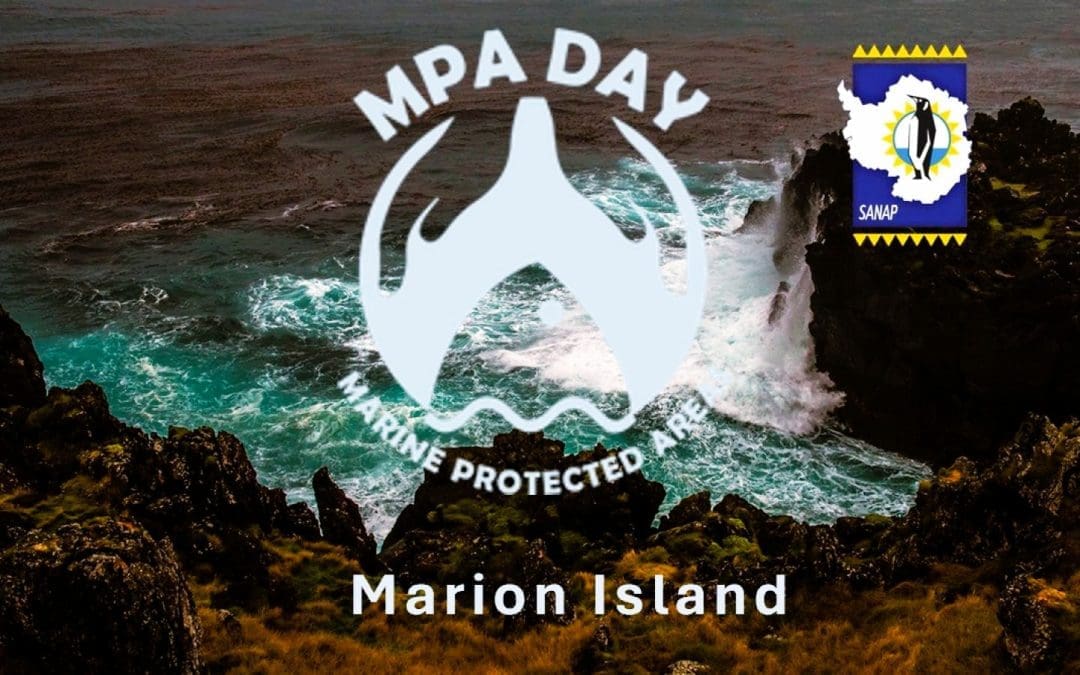
 MPA Day, shines a spotlight on the importance of Marine Protected Areas in ocean conservation, sustainable development, and the well-being of communities across the globe. The date—1 August—honours the momentous 2019 declaration of 20 new or expanded MPAs in South Africa. Since then, MPA Day has grown into a United Nations Ocean Decade-endorsed international movement.
MPA Day, shines a spotlight on the importance of Marine Protected Areas in ocean conservation, sustainable development, and the well-being of communities across the globe. The date—1 August—honours the momentous 2019 declaration of 20 new or expanded MPAs in South Africa. Since then, MPA Day has grown into a United Nations Ocean Decade-endorsed international movement.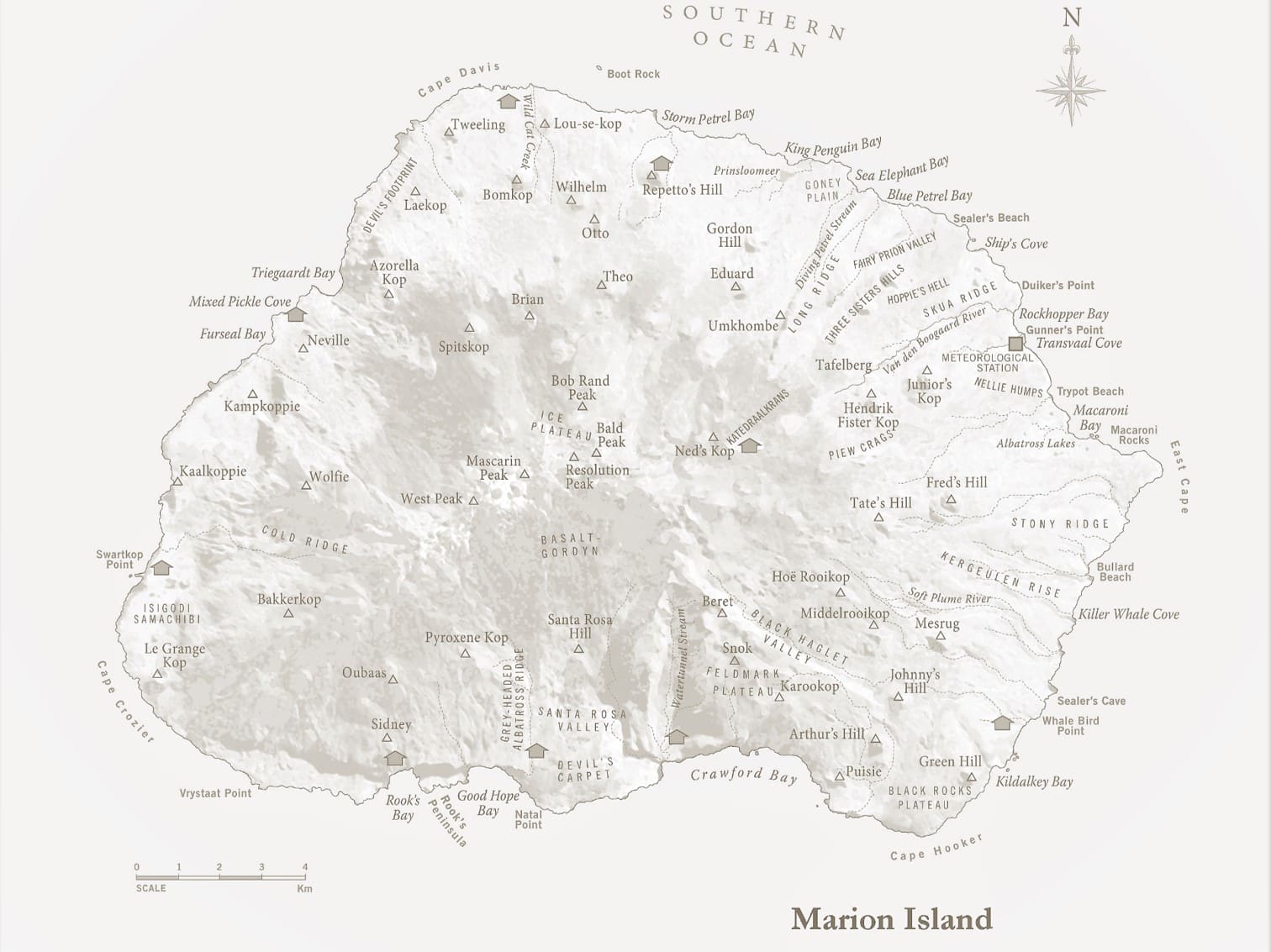
 The Prince Edward Islands MPA: South Africa’s Sub-Antarctic Treasure: In the remote reaches of the Southern Ocean lies one of South Africa’s most unique and ecologically valuable MPAs—the Prince Edward Islands Marine Protected Area, comprising the volcanic Marion Island and the smaller Prince Edward Island. Together, they represent South Africa’s only sub-Antarctic territory, rich in biodiversity and scientific significance. Declared in 2013, this MPA protects 30% of South Africa’s Southern Ocean territory, encompassing 80% of its marine ecosystem diversity. These waters are a haven for marine life—from krill and Patagonian toothfish to charismatic top predators like seals, seabirds, and killer whales.
The Prince Edward Islands MPA: South Africa’s Sub-Antarctic Treasure: In the remote reaches of the Southern Ocean lies one of South Africa’s most unique and ecologically valuable MPAs—the Prince Edward Islands Marine Protected Area, comprising the volcanic Marion Island and the smaller Prince Edward Island. Together, they represent South Africa’s only sub-Antarctic territory, rich in biodiversity and scientific significance. Declared in 2013, this MPA protects 30% of South Africa’s Southern Ocean territory, encompassing 80% of its marine ecosystem diversity. These waters are a haven for marine life—from krill and Patagonian toothfish to charismatic top predators like seals, seabirds, and killer whales.
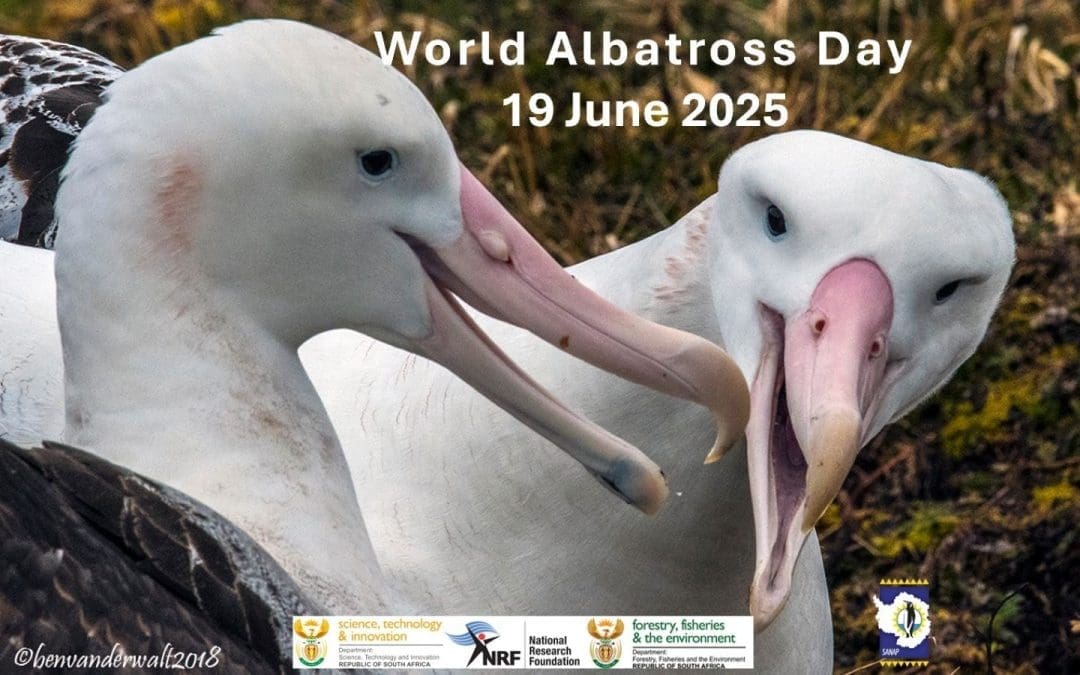
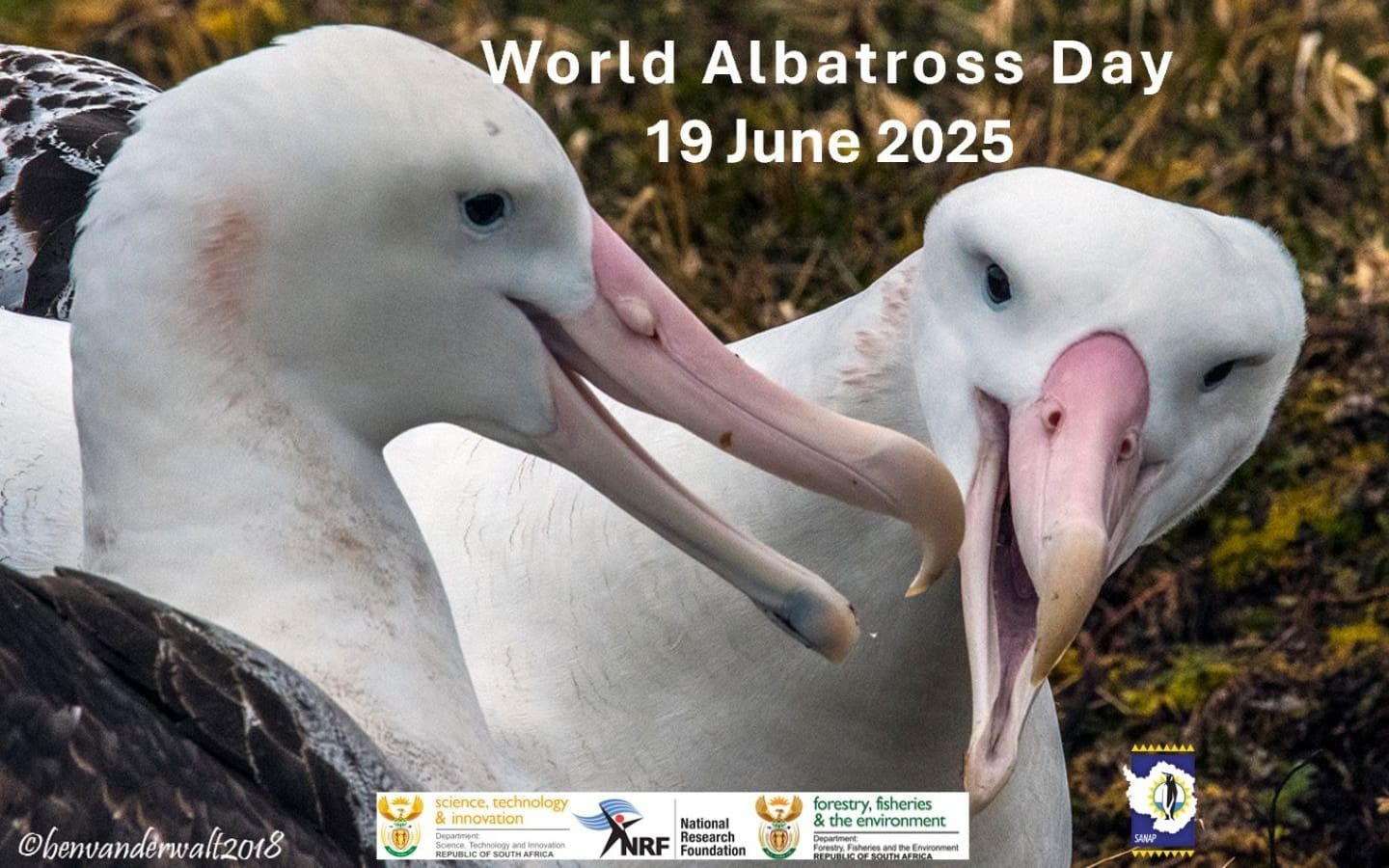 19 June 2025 marks
19 June 2025 marks  SANAP scientists have been conducting long-term ecological studies on albatross population trends, breeding behaviour, and foraging ecology, using tracking devices and direct observation to better understand how climate change, ocean dynamics, and human activities are impacting these vulnerable birds.
SANAP scientists have been conducting long-term ecological studies on albatross population trends, breeding behaviour, and foraging ecology, using tracking devices and direct observation to better understand how climate change, ocean dynamics, and human activities are impacting these vulnerable birds. A major step in protecting Marion Island’s seabirds is the
A major step in protecting Marion Island’s seabirds is the 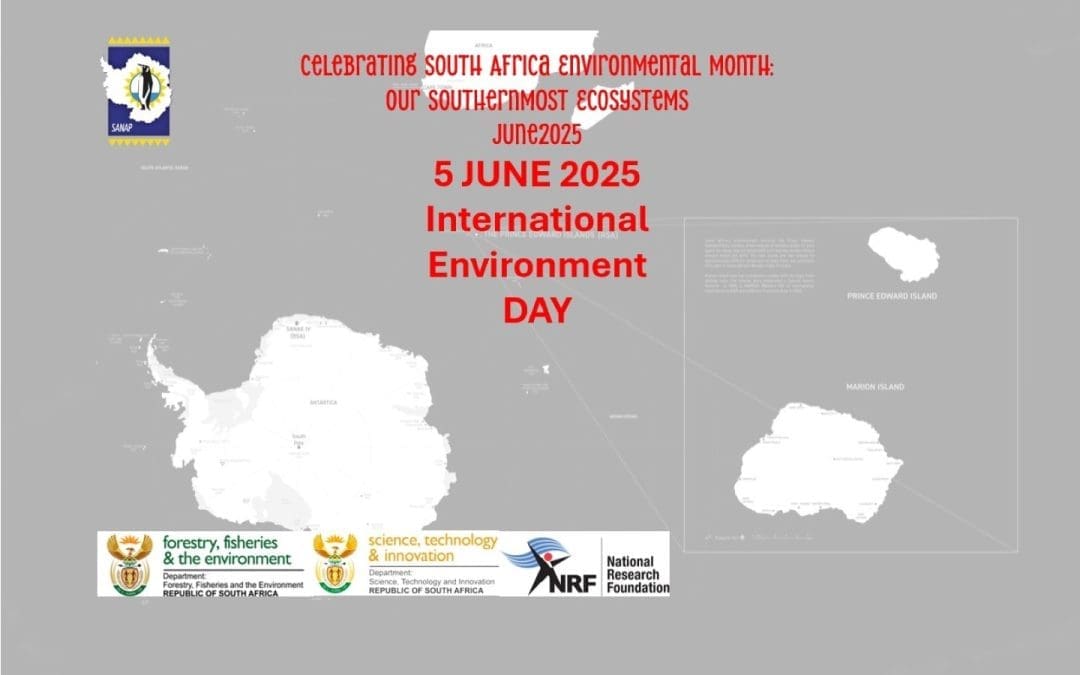
 The Southern Ocean: A Climate Regulator: The Southern Ocean surrounding Antarctica is a house of climate regulation, absorbing vast amounts of atmospheric carbon and heat. SANAP researchers are actively researching ocean currents, sea ice dynamics, and carbon cycling to better understand how these processes are evolving in a warming world. (Photo credit: A Zietsman)
The Southern Ocean: A Climate Regulator: The Southern Ocean surrounding Antarctica is a house of climate regulation, absorbing vast amounts of atmospheric carbon and heat. SANAP researchers are actively researching ocean currents, sea ice dynamics, and carbon cycling to better understand how these processes are evolving in a warming world. (Photo credit: A Zietsman)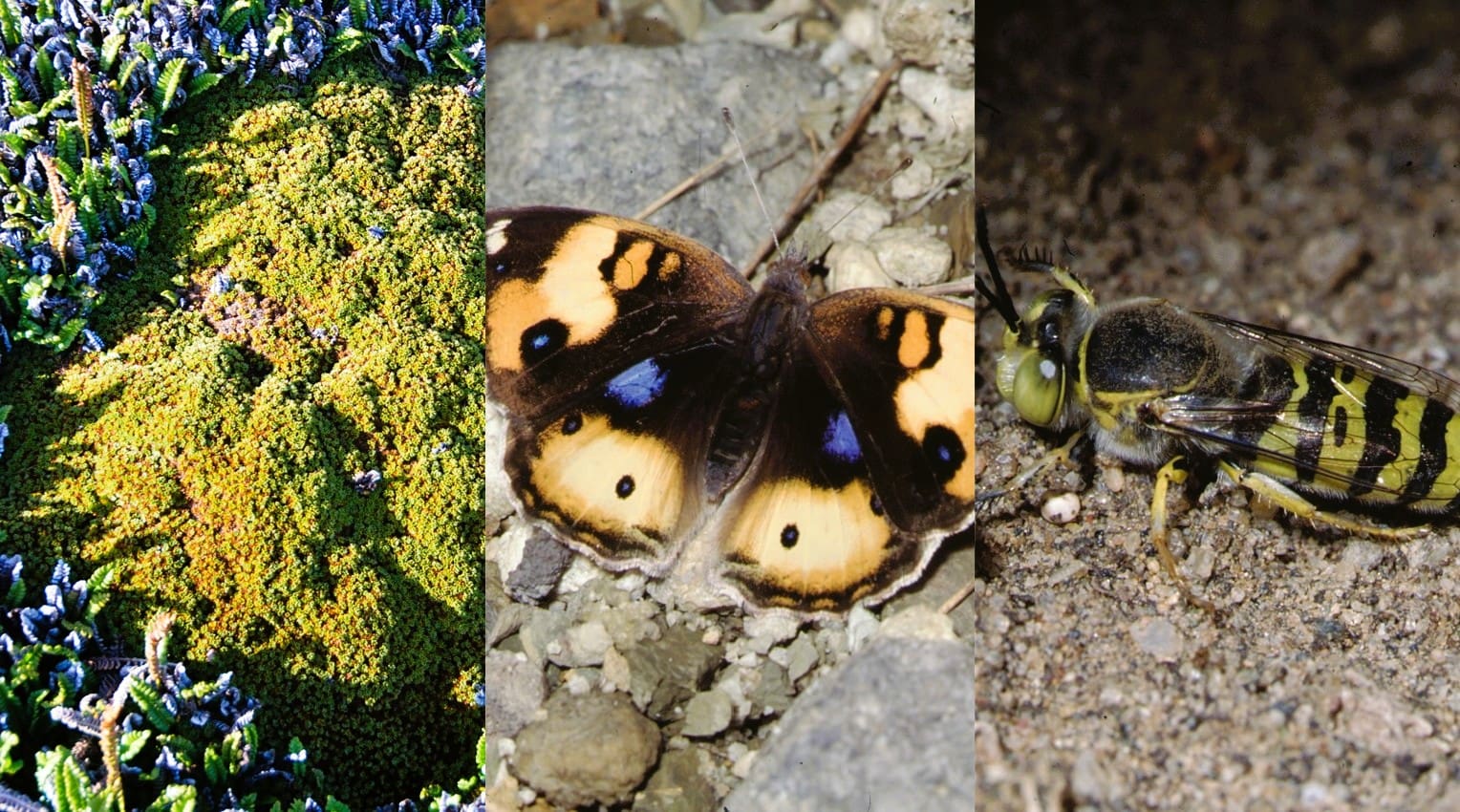 Protecting Life on the Edge: From the wandering albatross on Marion Island to microscopic extremophiles in Antarctic soils, life persists against all odds in these regions. SANAP’s biodiversity monitoring projects are uncovering the intricate web of life that depends on these environments — and how threats such as invasive species, plastic pollution, and climate variability are impacting these ecosystems. (Photo Credit left: M Greve, middle & right: CJ Scheepers)
Protecting Life on the Edge: From the wandering albatross on Marion Island to microscopic extremophiles in Antarctic soils, life persists against all odds in these regions. SANAP’s biodiversity monitoring projects are uncovering the intricate web of life that depends on these environments — and how threats such as invasive species, plastic pollution, and climate variability are impacting these ecosystems. (Photo Credit left: M Greve, middle & right: CJ Scheepers)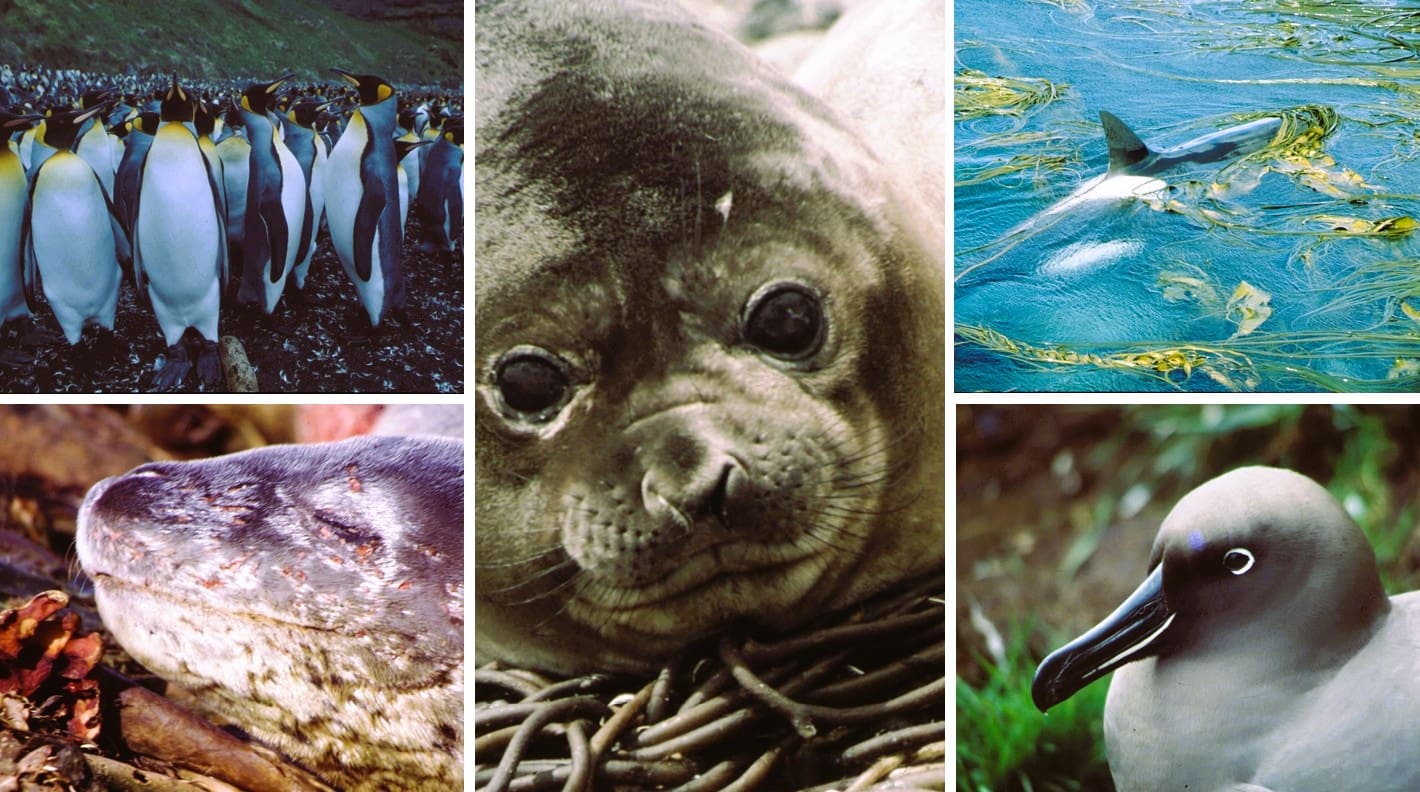 Long-Term Science, Global Impact: With decades of data collection and continuous human presence at SANAP’s research stations, SANAP long-term research projects offer insights into environmental change. Through collaborations with international partners, SANAP helps shape global understanding of polar processes and their far-reaching effects. This World Environment Day, SANAP celebrates the resilience of our southernmost ecosystems and the SANAP community is dedicated to its preservation. As stewards of the Antarctic and sub-Antarctic, SANAP remain committed to advancing knowledge, promoting conservation, and ensuring these unique environments endure for future generations. (Photo Credit: Greg Hofmeyr)
Long-Term Science, Global Impact: With decades of data collection and continuous human presence at SANAP’s research stations, SANAP long-term research projects offer insights into environmental change. Through collaborations with international partners, SANAP helps shape global understanding of polar processes and their far-reaching effects. This World Environment Day, SANAP celebrates the resilience of our southernmost ecosystems and the SANAP community is dedicated to its preservation. As stewards of the Antarctic and sub-Antarctic, SANAP remain committed to advancing knowledge, promoting conservation, and ensuring these unique environments endure for future generations. (Photo Credit: Greg Hofmeyr)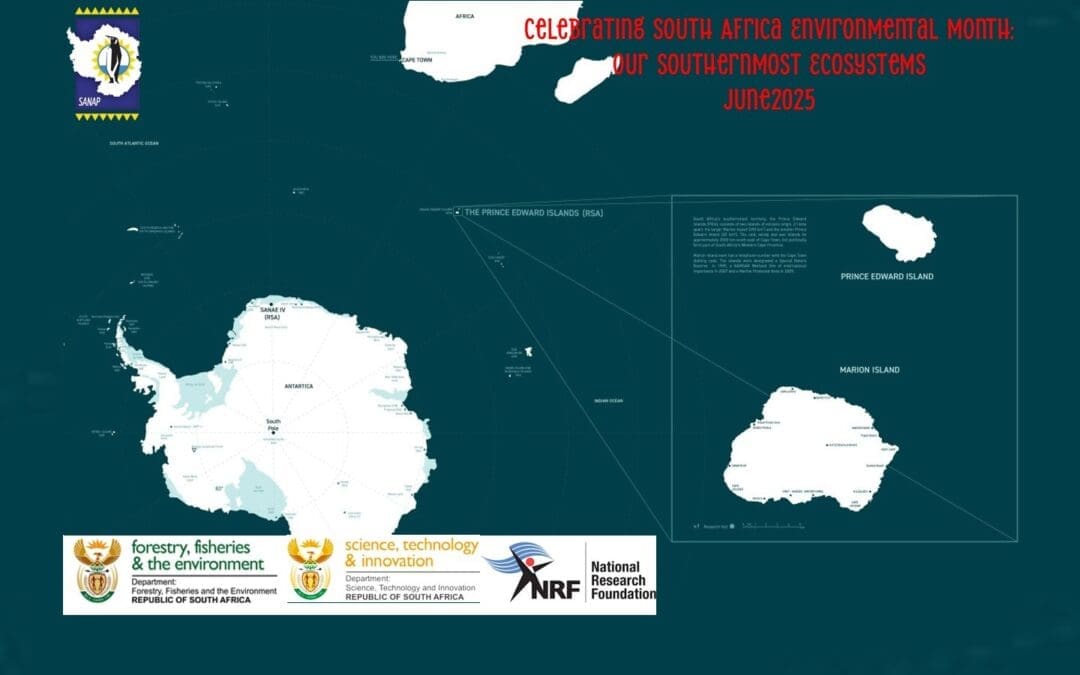
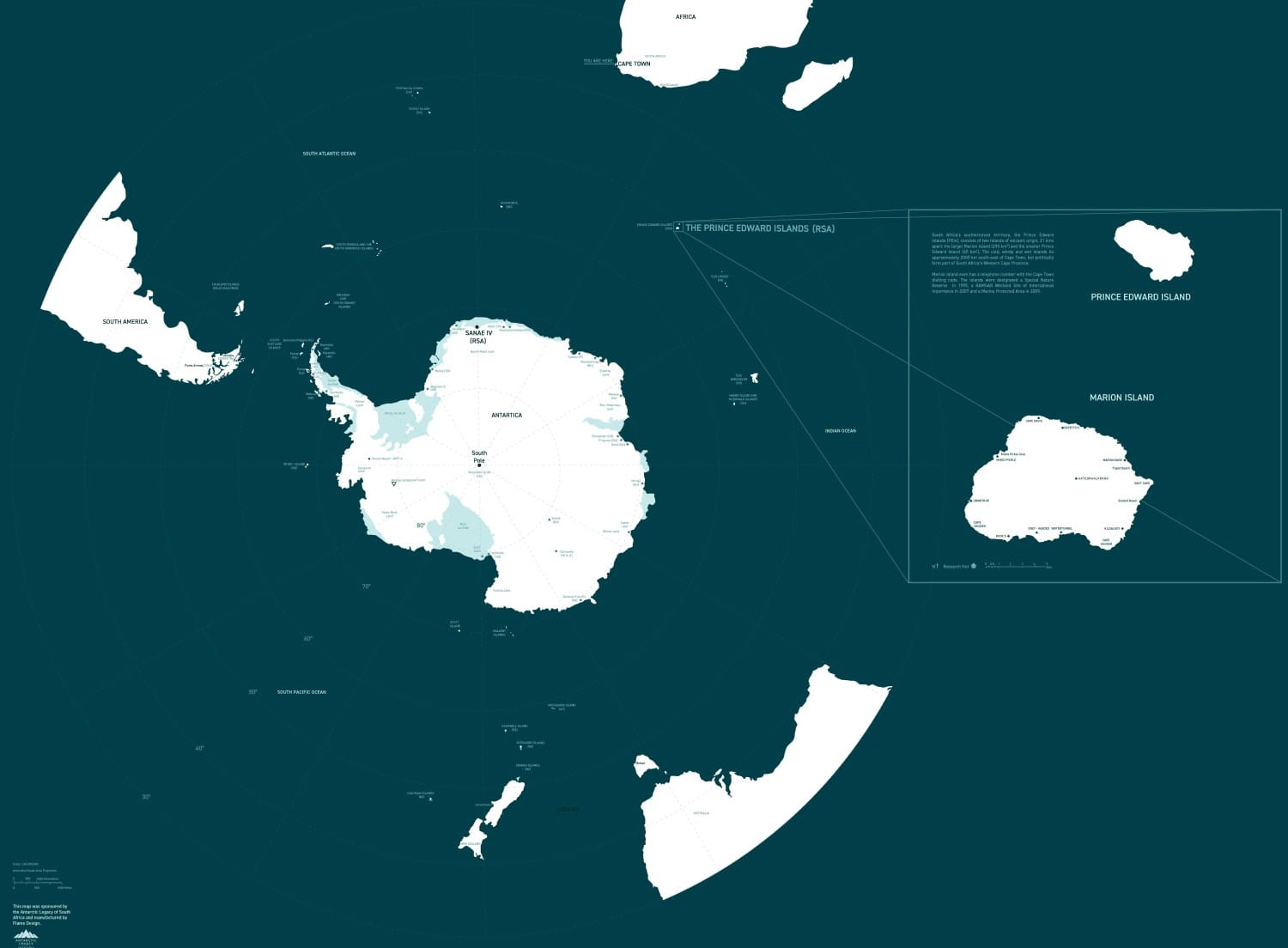 June marks
June marks 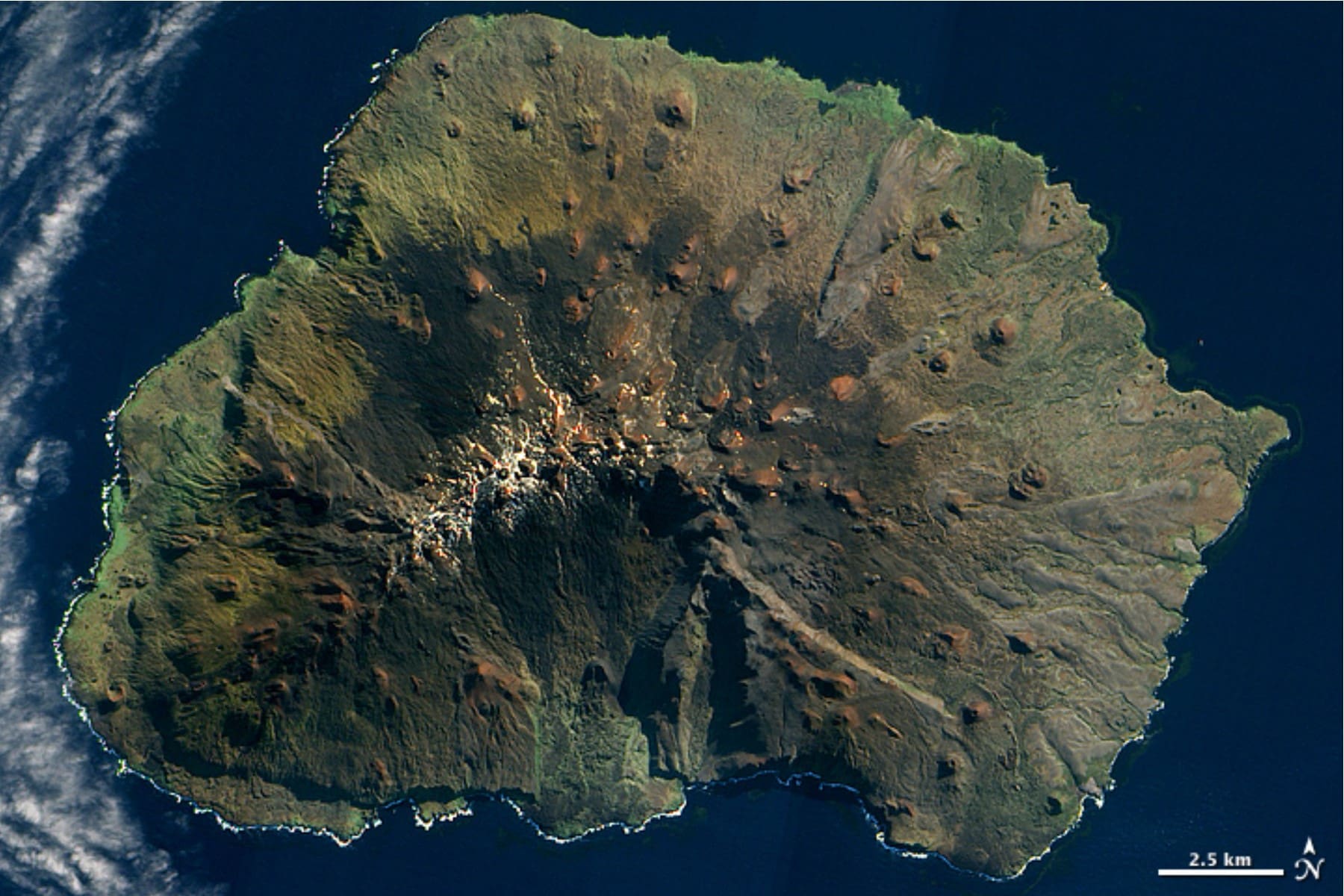
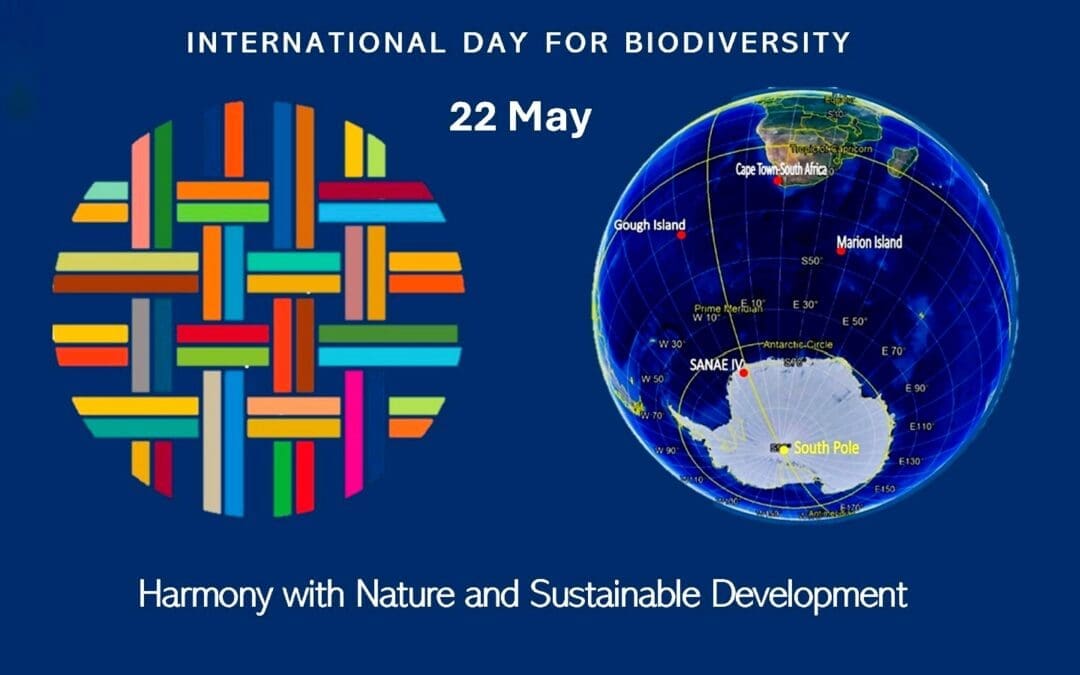
 The United Nations has designated May 22 as the International Day for Biological Diversity (IDB), a day to reflect on the vital role biodiversity plays in sustaining life on Earth. The 2025 theme, “Harmony with Nature and Sustainable Development,” underscores the importance of conserving biodiversity to ensure a sustainable future for both people and the planet. It is a timely reminder that a thriving natural world is the foundation of human well-being and a cornerstone for achieving the Sustainable Development Goals.
The United Nations has designated May 22 as the International Day for Biological Diversity (IDB), a day to reflect on the vital role biodiversity plays in sustaining life on Earth. The 2025 theme, “Harmony with Nature and Sustainable Development,” underscores the importance of conserving biodiversity to ensure a sustainable future for both people and the planet. It is a timely reminder that a thriving natural world is the foundation of human well-being and a cornerstone for achieving the Sustainable Development Goals. In South Africa, this day holds special meaning for the South African National Antarctic Programme (SANAP). Operating across three key research stations — Antarctica, Marion Island (part of the Prince Edward Islands), and Gough Island — SANAP plays a crucial role in understanding and preserving the unique biodiversity of the sub-Antarctic and Antarctic regions. These remote and fragile ecosystems are home to countless species, many of which are found nowhere else on Earth.
In South Africa, this day holds special meaning for the South African National Antarctic Programme (SANAP). Operating across three key research stations — Antarctica, Marion Island (part of the Prince Edward Islands), and Gough Island — SANAP plays a crucial role in understanding and preserving the unique biodiversity of the sub-Antarctic and Antarctic regions. These remote and fragile ecosystems are home to countless species, many of which are found nowhere else on Earth. For decades, SANAP-supported scientists have been at the forefront of biodiversity research in these regions. Their work includes long-term monitoring of bird and marine mammal populations, studies on invasive species, climate change impacts, and ecosystem dynamics. Through rigorous field research and environmental stewardship, SANAP contributes to global knowledge and conservation efforts, ensuring these pristine environments continue to thrive for generations to come.
For decades, SANAP-supported scientists have been at the forefront of biodiversity research in these regions. Their work includes long-term monitoring of bird and marine mammal populations, studies on invasive species, climate change impacts, and ecosystem dynamics. Through rigorous field research and environmental stewardship, SANAP contributes to global knowledge and conservation efforts, ensuring these pristine environments continue to thrive for generations to come. On this International Day for Biological Diversity, SANAP reaffirms its commitment to protecting the biodiversity of the Southern Ocean and its islands — not only for their intrinsic value but also for the essential role they play in the global ecosystem.
On this International Day for Biological Diversity, SANAP reaffirms its commitment to protecting the biodiversity of the Southern Ocean and its islands — not only for their intrinsic value but also for the essential role they play in the global ecosystem.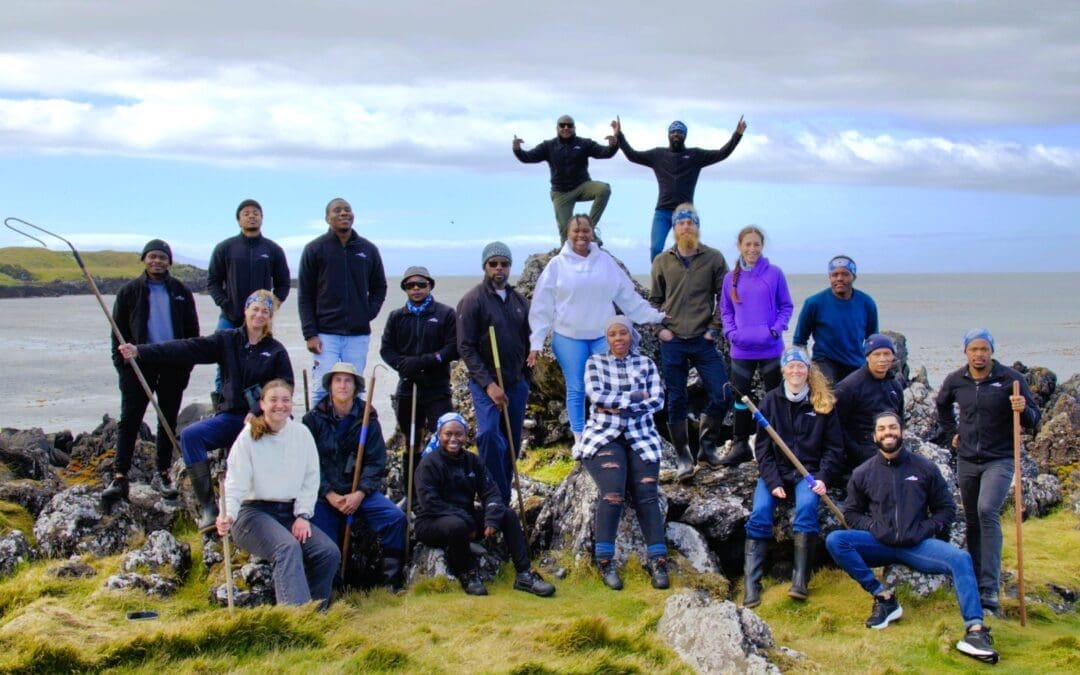
 Front sitting (left to right) – Vanessa Stephen – FITZ Birder, Monique van Bers – MFM Mouser, Peter Cunningham- SAPRI Sealer, Tanganedzani Tshitavhe – SAWS Assistant Meteorological Technician, Tokozile Mdleleni – DFFE Communications Engineer, Megan Clarkson – SAPRI Killer Whaler/Sealer, Daniel Baatjes- DFFE Base Chef, Marcello Evertson – O&C(DFFE) Birder,
Front sitting (left to right) – Vanessa Stephen – FITZ Birder, Monique van Bers – MFM Mouser, Peter Cunningham- SAPRI Sealer, Tanganedzani Tshitavhe – SAWS Assistant Meteorological Technician, Tokozile Mdleleni – DFFE Communications Engineer, Megan Clarkson – SAPRI Killer Whaler/Sealer, Daniel Baatjes- DFFE Base Chef, Marcello Evertson – O&C(DFFE) Birder, 